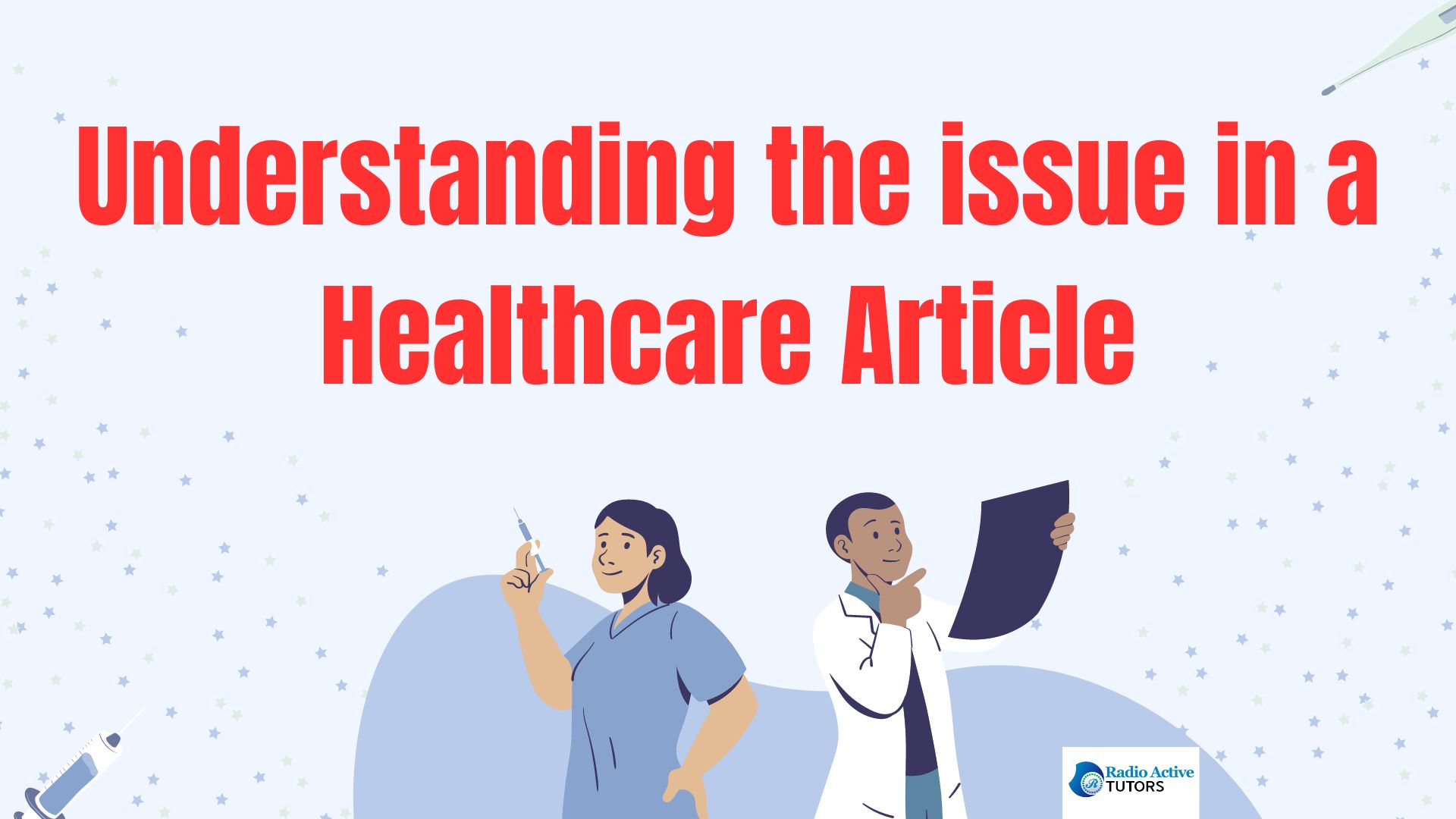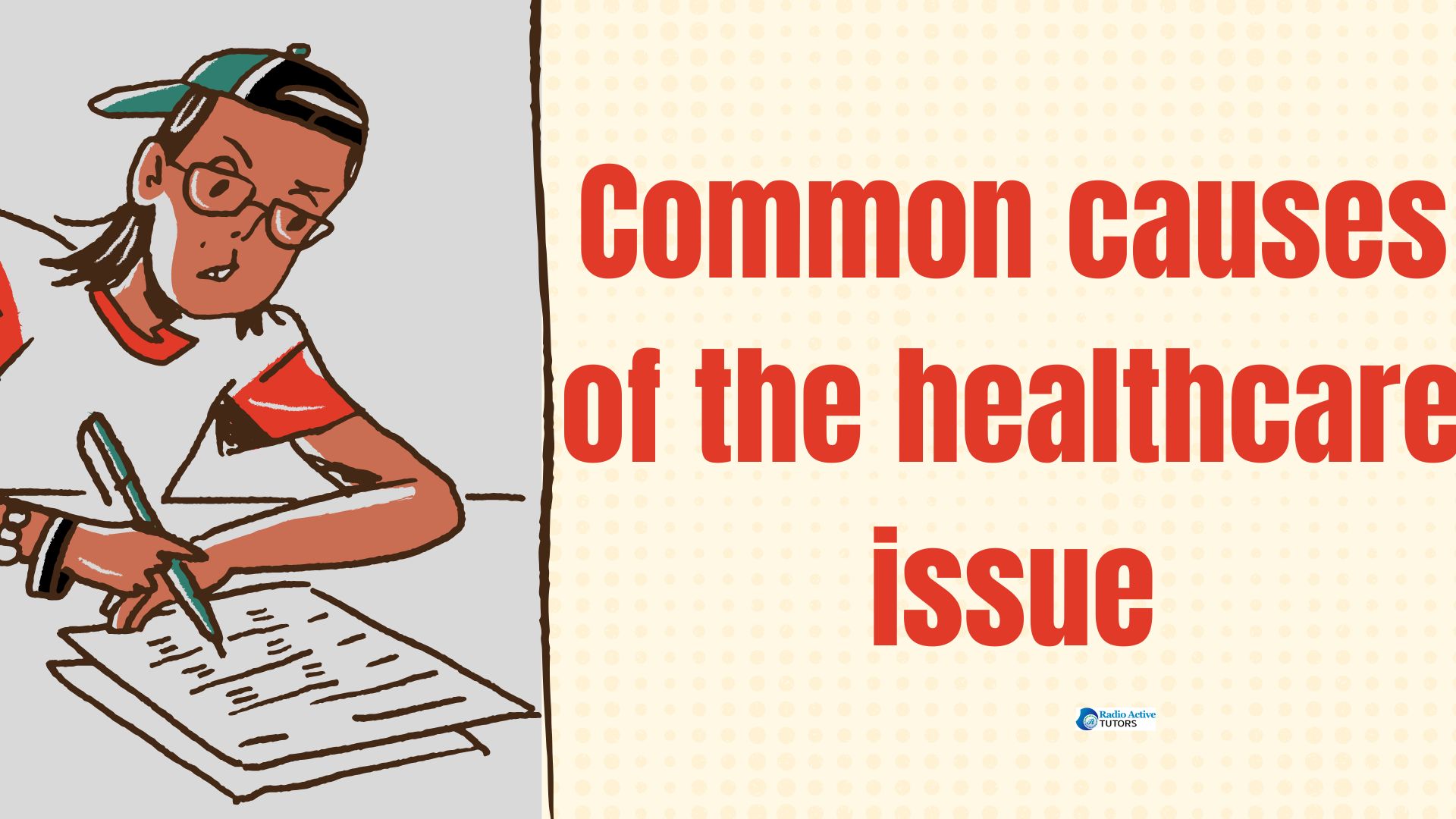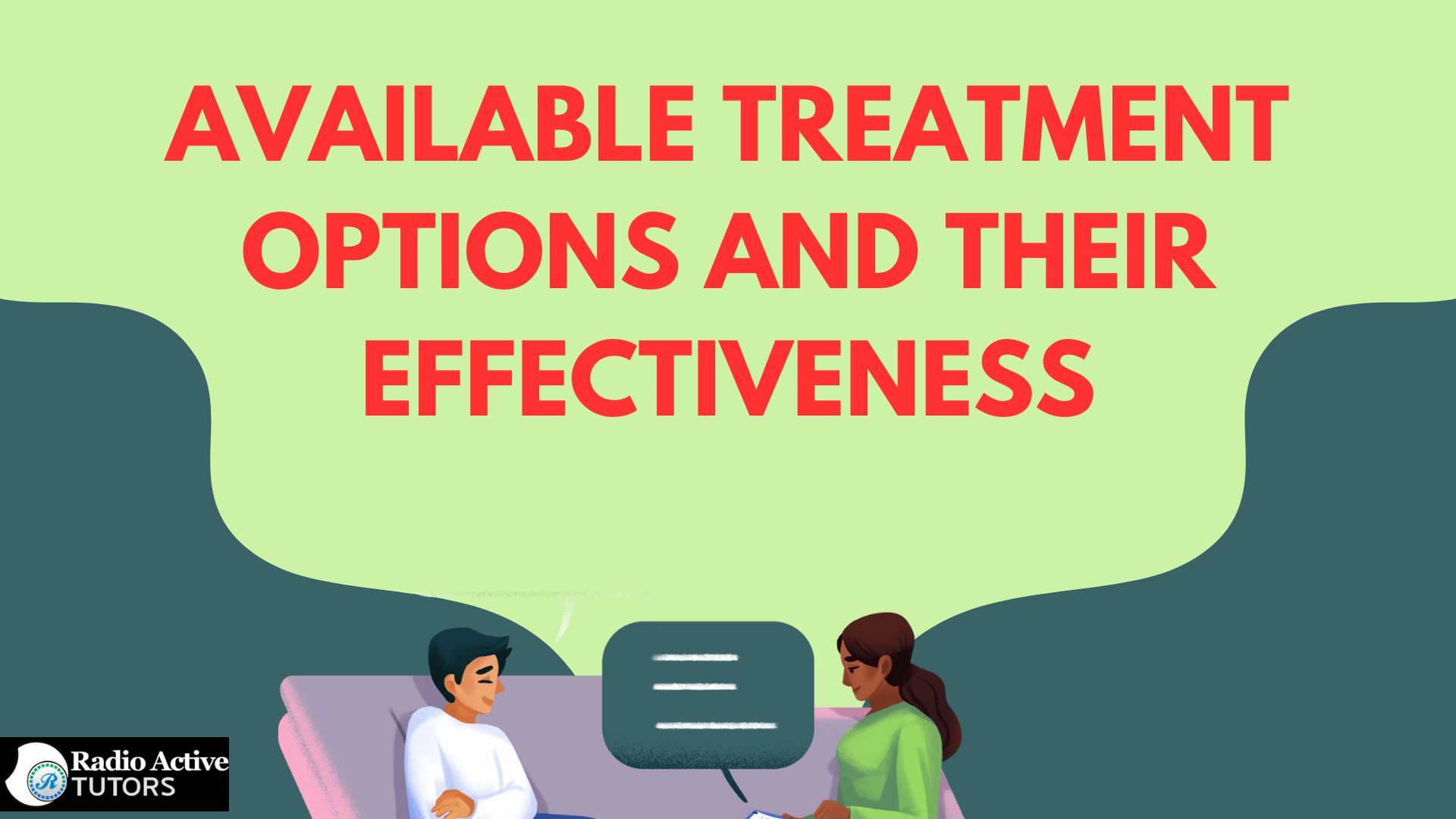Table of Contents
1. Introduction to a Healthcare Articles
2. Body
2.1. Section 1: Understanding the Issue in a Healthcare Article
2.2. Section 2: Causes and Risk Factors in a Healthcare Article
2.3. Section 3: Prevention and Treatment in a Healthcare Article
2.4. Section 4: Impact on Individuals and Society in a Healthcare Article
3. Conclusion
4. FAQs (Frequently Asked Questions) in a Healthcare Article
1. Introduction to a Healthcare Article
- Importance of Healthcare Awareness

Healthcare awareness is crucial in today’s society as it empowers individuals to make informed decisions about their health and well-being. By understanding the various aspects of healthcare, from preventive measures to treatment options, people can take proactive steps to maintain their health, recognize early signs of potential issues, and seek timely medical intervention. Awareness also plays a vital role in reducing the prevalence of chronic diseases, minimizing healthcare costs, and improving overall quality of life. Moreover, informed individuals can contribute to public health initiatives, fostering a healthier community and enabling more effective responses to health crises. As such, raising healthcare awareness is essential for building a well-informed, healthier society.
- Brief overview of the topic
Providing a brief overview of the topic at the beginning of a healthcare article is essential to give readers a clear and concise understanding of what they can expect to learn. This section should succinctly introduce the primary focus of the Healthcare article, outline the key points that will be discussed, and highlight the relevance and significance of the topic. Whether addressing a specific health condition, exploring preventative measures, or examining treatment options, the overview should set the stage for a detailed and informative discussion. It should capture the readers’ interest and provide context, ensuring that they understand the importance of the subject matter and are motivated to continue reading for more in-depth information.
2. Body
2.1. Section 1: Understanding the Issue in a Healthcare Article

- Definition and scope of the healthcare issue
Clearly defining the healthcare issue and outlining its scope is a fundamental step in the body of a healthcare article. This section should start with a precise definition of the issue, explaining what it is and how it manifests in individuals. Following the definition, the scope of the issue should be discussed, detailing its prevalence, affected populations, and the broader impact on public health. Including relevant statistics and current trends can provide a deeper understanding of the issue’s magnitude and urgency. By comprehensively defining and scoping the healthcare issue, readers can grasp its significance and are better prepared for the subsequent discussion on causes, prevention, and treatment.
- Statistics or current trends related to the issue
Incorporating statistics or current trends is essential for illustrating the real-world impact of the healthcare issue being discussed. This section should present up-to-date and relevant data that highlights the prevalence, incidence, and demographic distribution of the issue. For instance, if the Healthcare article is about diabetes, include statistics on the number of people diagnosed annually, age groups most affected, and geographical regions with higher prevalence rates. Discussing trends over time, such as increasing or decreasing rates of the condition, can also provide valuable insights into its progression and the effectiveness of public health interventions. By grounding the discussion in concrete data, readers can better appreciate the severity and scope of the issue, making the healthcare article more compelling and informative.
2.2. Section 2: Causes and Risk Factors in a Healthcare Article
- Common causes of the healthcare issue

Identifying the common causes of a healthcare issue is crucial for understanding its origins and developing effective prevention strategies. This section should detail the primary factors that contribute to the onset of the issue, whether they are biological, environmental, lifestyle-related, or genetic. For instance, if the healthcare article addresses heart disease, it should discuss causes such as poor diet, lack of exercise, smoking, and high blood pressure. Additionally, it might cover less obvious factors like stress or exposure to environmental pollutants. By elucidating these causes, readers can gain a comprehensive understanding of what triggers the healthcare issue and how they might mitigate their risk through informed choices and proactive measures.
- Factors contributing to its prevalence
Exploring the factors that contribute to the prevalence of a healthcare issue is essential for understanding why it remains widespread and identifying opportunities for intervention. This section should examine a range of influences, such as socioeconomic status, healthcare access, education, and cultural practices. For instance, if the topic is obesity, discuss how factors like processed food availability, sedentary lifestyles, and socioeconomic disparities play a role in its high prevalence. Additionally, consider the impact of public policies, healthcare infrastructure, and social determinants of health. By highlighting these contributing factors, readers can appreciate the complex interplay of influences that sustain the healthcare issue, recognizing the need for multi-faceted approaches to effectively address and reduce its prevalence.
2.3. Section 3: Prevention and Treatment in a Healthcare Article
- Preventive measures individuals can take
Detailing preventive measures that individuals can take is vital for empowering readers to proactively protect their health. This section should offer practical, evidence-based advice tailored to the specific healthcare issue. For example, if the healthcare article addresses hypertension, recommend measures such as maintaining a balanced diet low in sodium, engaging in regular physical activity, avoiding tobacco and excessive alcohol consumption, and managing stress through mindfulness or relaxation techniques. Highlighting the importance of regular health screenings and monitoring can also be beneficial. By providing clear and actionable steps, readers can implement these preventive strategies in their daily lives, potentially reducing their risk of developing the healthcare issue and improving their overall well-being.
- Available treatment options and their effectiveness

Discussing available treatment options and their effectiveness is crucial for informing readers about how to manage and recover from a healthcare issue. This section should cover a range of treatments, from lifestyle changes and medications to surgical interventions and alternative therapies. For instance, if the healthcare article is about depression, outline treatments like cognitive-behavioral therapy (CBT), antidepressant medications, exercise programs, and mindfulness practices. It is important to present the effectiveness of each option, supported by clinical studies or expert opinions, to help readers understand the potential outcomes and benefits. Mention any possible side effects or considerations to provide a balanced view. By offering a comprehensive overview of treatment options, readers can make informed decisions about their care and seek the most appropriate and effective interventions for their specific situation.
2.4. Section 4: Impact on Individuals and Society in a Healthcare Article
- How the issue affects individuals’ lives
In healthcare articles, addressing how issues impact individuals’ lives is crucial for fostering empathy and understanding among readers. By highlighting the personal repercussions of health-related challenges, such as chronic illnesses or access to healthcare, the article can effectively illustrate the human side of medical issues. For instance, discussing how a lack of affordable medication affects an individual’s daily routine and quality of life brings into focus the tangible struggles faced by real people. This approach not only grounds the topic in reality but also emphasizes the urgency of addressing such issues on a societal level. Ultimately, by connecting the broader healthcare landscape to personal narratives, healthcare articles can inspire readers to consider the broader implications and advocate for positive change in healthcare policies and practices.
- Societal impact and economic implications

In healthcare articles, examining the societal impact and economic implications of health issues is essential for providing a comprehensive understanding of their broader ramifications. Beyond affecting individuals, health challenges often ripple through communities, straining healthcare systems, and influencing economic stability. For example, an outbreak of a contagious disease can not only overwhelm local hospitals but also disrupt businesses and economies dependent on tourism or trade. By analyzing these impacts, healthcare articles can underscore the interconnectedness of health and societal well-being, prompting discussions on resource allocation, public health policies, and the need for preparedness measures. This approach encourages readers to consider the long-term consequences of health crises and advocate for strategies that promote both individual health and societal resilience.
3. Conclusion
- Recap of key points discussed
In concluding a healthcare article, it is crucial to recap the key points discussed to reinforce understanding and leave a lasting impression on the reader. Summarizing the main themes and findings not only helps to solidify the article’s message but also ensures that readers grasp the significance of the information presented. For instance, highlighting the impact of healthcare policies on patient outcomes, discussing emerging trends in medical research, or emphasizing the importance of preventative care can effectively bring together disparate elements discussed throughout the article. This recap serves to underscore the article’s relevance, leaving readers with a clear takeaway and perhaps motivating them to further explore the implications for their own health or professional practice.
- Call to action or further steps
In concluding a healthcare article, including a call to action or suggesting further steps is essential to inspire readers towards tangible engagement or change. Whether urging policymakers to enact specific reforms, encouraging healthcare professionals to adopt new practices, or prompting individuals to take proactive steps for their own health, a compelling call to action can empower readers to act upon the information presented. For example, advocating for increased funding towards research for rare diseases, promoting community health initiatives, or simply encouraging readers to prioritize regular health screenings and preventive care can all serve as actionable steps towards improving individual and collective well-being. By highlighting actionable pathways forward, the conclusion of a healthcare article can motivate readers to contribute positively to healthcare outcomes and societal well-being.
4. FAQs (Frequently Asked Questions) in a Healthcare Article
- What are the symptoms of [healthcare issue]?
- How can [healthcare issue] be diagnosed?
- What are the risk factors for [healthcare issue]?
- What lifestyle changes can help prevent [healthcare issue]?
- What are the treatment options for [healthcare issue]?
- How can family members support someone with [healthcare issue]?
- Where can I find more information and support for [healthcare issue]?
